Plant Tax Field Trip 3: Wildwood Park
1/30
There's no tags or description
Looks like no tags are added yet.
Name | Mastery | Learn | Test | Matching | Spaced |
|---|
No study sessions yet.
31 Terms
Monilophytes
Grape Ferns
Whisk Ferns
Horsetails
Ferns
Equisetaceae
Horsetail family
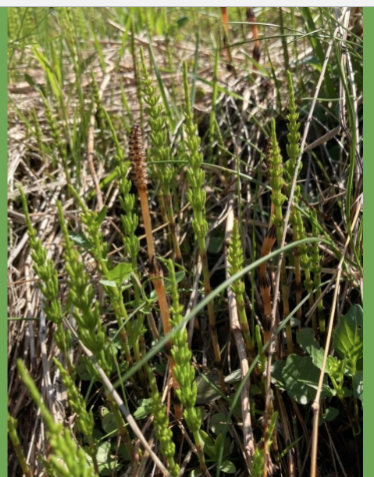
Equisetum arvense
Field Horsetail
Native to northern hemisphere
Grows in floodplains, swamps, and marshes with calcareous rock
Dimorphic, with green, branching sterile fronds and tan, unbranched fertile fronds with terminal strobili
Monocots
Angiosperms with one seed leaf
Araceae
The Arum family
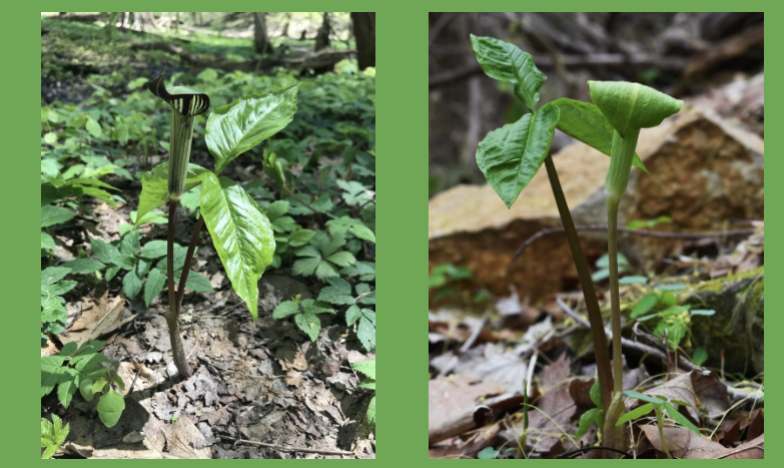
Arisaema triphyllum
Common Jack-in-the-Pulpit
Native to North America
Grows in mesic forests, floodplains, and hummocks
Plant has a single 3-lobed leaf and a single inflorescence
Spadix surrounded by a hooded, green-and-purple striped spathe
Cochicaceae
Meadow Saffron family
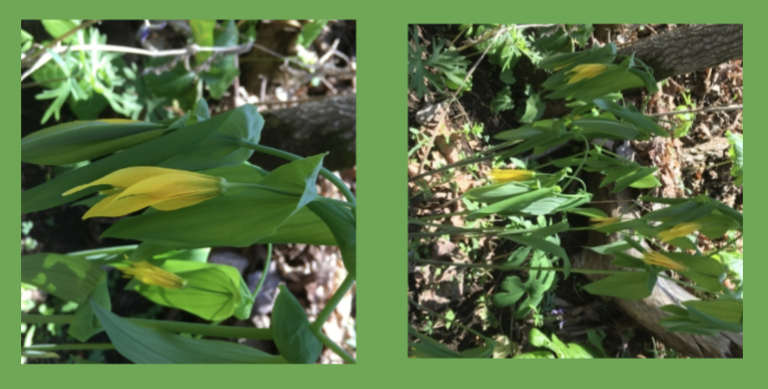
Uvularia grandiflora
Large-flowered Bellwort
Native to eastern North America
Grows in forest coves with rich soil
Branching upper stems have perfoliate leaves and pendulous flowers
Indicator of a healthy forest understory
Deer favorite to eat
Liliaceae
Lily family
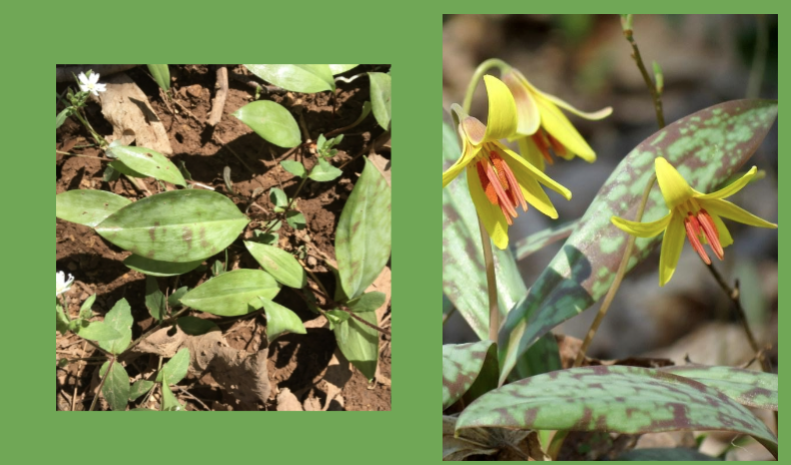
Erythronium americanum
Yellow Trout Lily
Native to eastern North America
Grows in floodplain forests and mesic forest slopes
Mottled leaves with a single, nodding flower with six yellow tepals
May take 4-8 years to mature
Dicots
Angiosperms with two seed leaves
Aristolochiaceae
Birthwort family

Asarum canadense
Canada Wild Ginger
Native to eastern North America
Grows in rich mountain forests
Pubescent, heart-shaped leaves and maroon, tube-shaped flowers at ground level
Rhizome tastes like ginger and was traditionally used as flavoring, but may be carcinogenic
Berberidaceae
Barberry Family
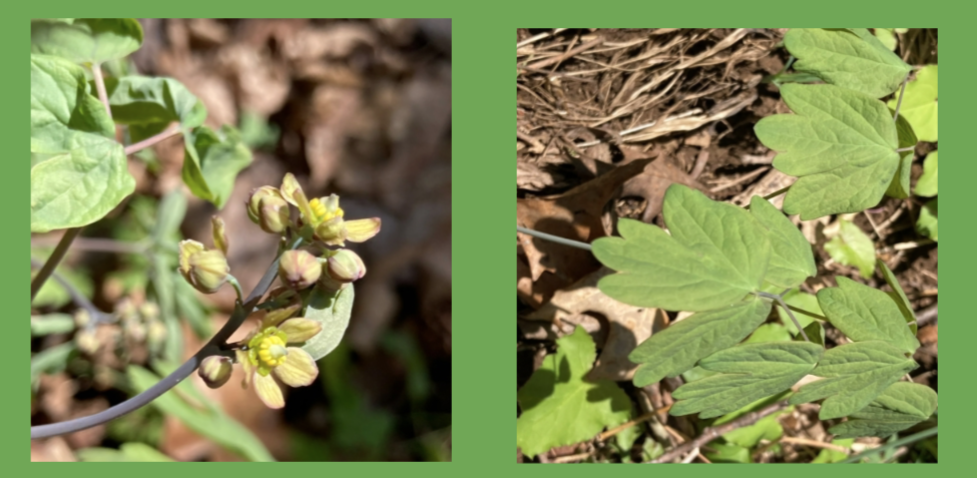
Caulophyllum thalictroides
Blue Cohosh
Native to eastern North America
Grows in rich forest coves with calcareous rock
Compound, 3-lobed leaves and yellow flowers that ripen into blue berries
Traditionally used by midwives, but can be poisonous
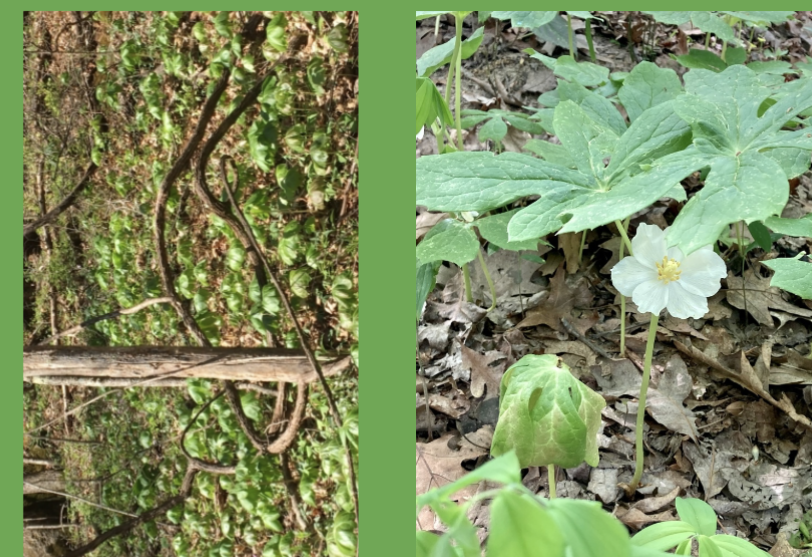
Podophyllum peltatum
Mayapple
Native to eastern North America
Grows in mesic mountain forests especially in disturbed habitats
Rhizomatic colonies of peltate leaves
Only mature, forked stems produce yellow fruits, but the rest of the plant is highly poisonous
Caryophyllaceae
Pink family
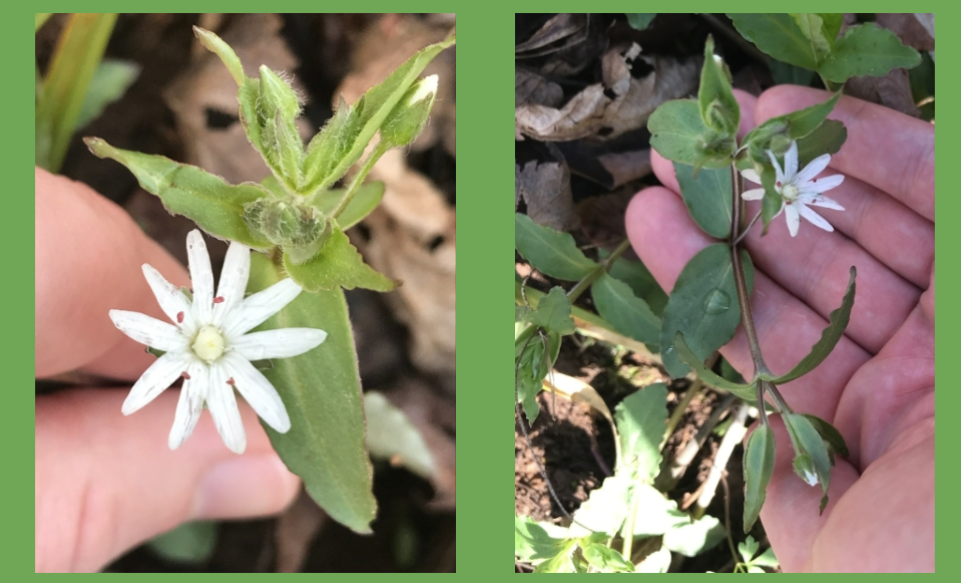
Stellaria pubera
Star Chickweed
Native to eastern North America
Grows in mesic to dry forests
Flowers have five deeply notched petals, red anthers
Stems have two lines of hairs
Cornaceae
Dogwood family
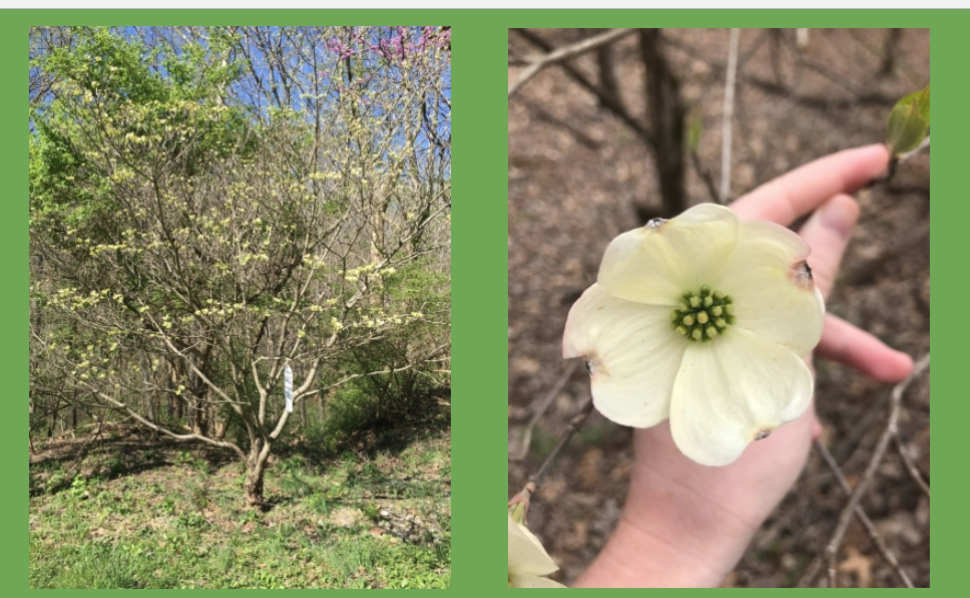
Cornus florida
Flowering Dogwood
Native to eastern North America
Grows in the understory of upland forests
Small trees with opposite leaves
Many tiny flowers subtended by four white, pink, yellow, or red bracts
Virginia state tree
Fabaceae
Legume family

Cercis canadensis
Eastern Redbud
Native to eastern North America
Grows in mesic forests, woodlands, and roadsides
Alternate, heart-shaped leaves
Pink, edible flowers are cauliflorous, growing from the tree’s branches
Produces pink, edible legumes
Fumariaceae
Fumitory family
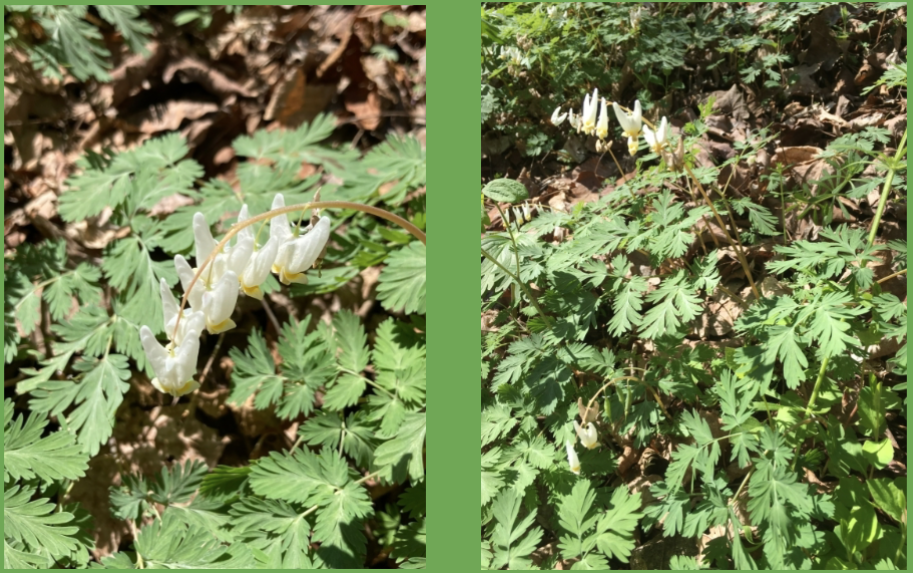
Dicentra cucullaria
Dutchman’s Breeches
Native to eastern North America
Grows in mesic mountain coves with rich soils
Creeping rhizomes sprout deeply lobed leaves
Racemes of zygomorphic flowers with white, inflated sepal spurs and yellow petals
Geraniaceae
Geranium family
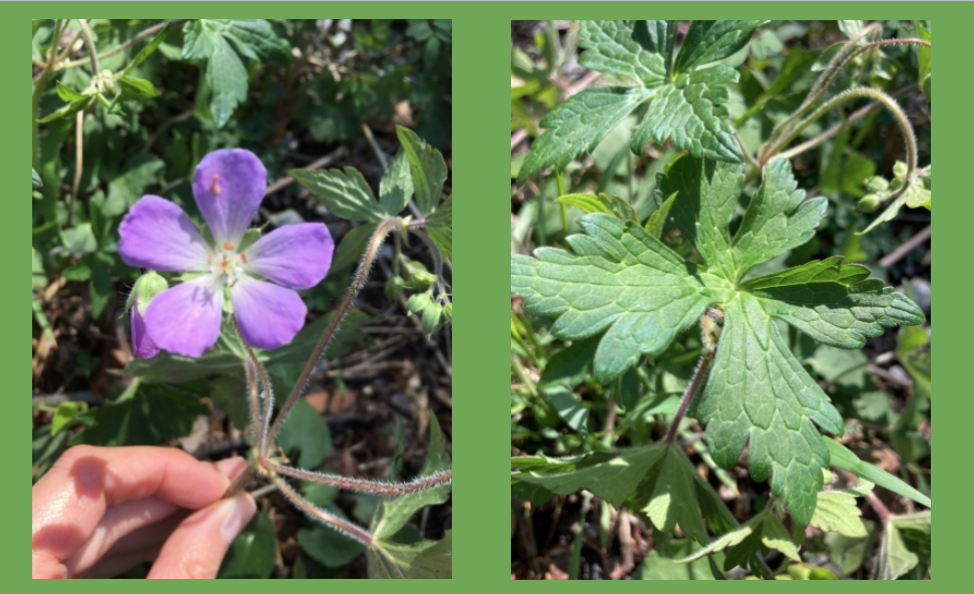
Geranium maculatum
Wild Geranium
Native to eastern North America
Grows in forests
Pink, 5-petaled, perfect flowers with 10 stamens
Long beak-shaped capsules pop open if disturbed when ripe
Montiaceae
Montia family
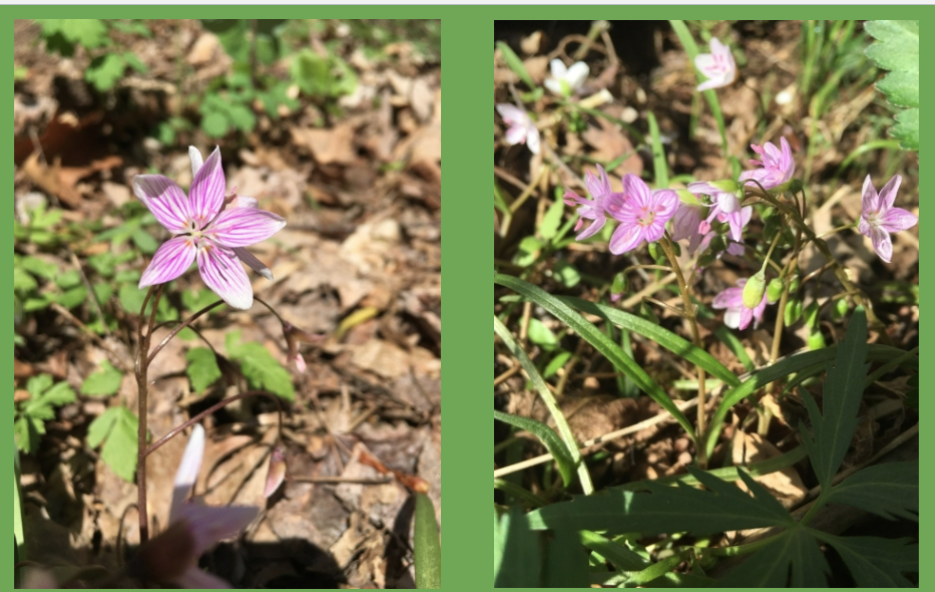
Claytonia virginica
Virginia Spring Beauty
Native to eastern North America
Grows in old fields and forests with base-rich soils
Narrow, grasslike leaves and flowers with 5 white, pink-striped petals
Edible corms have chestnut-like flavor
On the cover of the Flora of Virginia
Ranunculaceae
Buttercup family
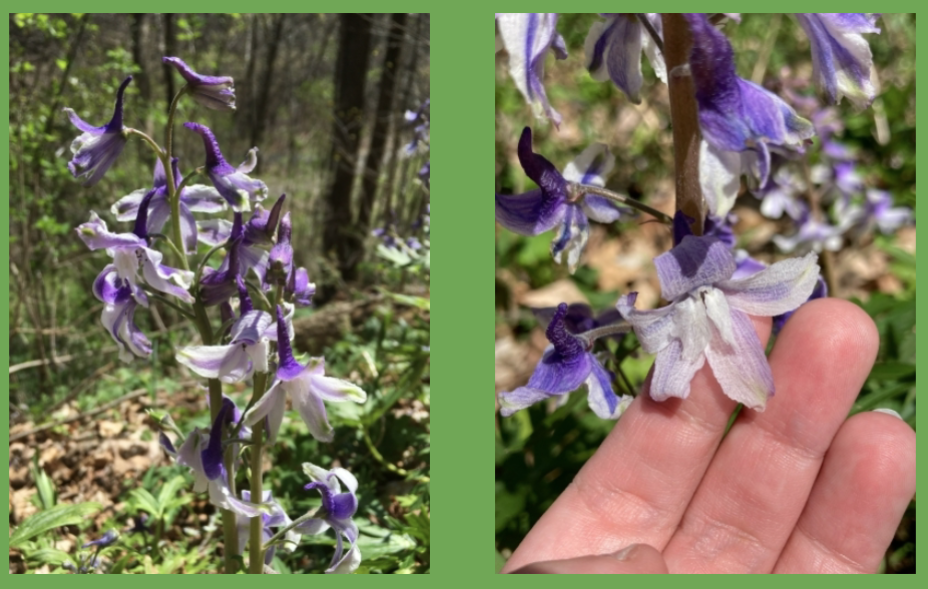
Dephinium tricorne
Dwarf Larkspur
Native to central and eastern North America
Grows in rich mountain forest coves with calcareous rock
Palmately lobed leaves and racemes of flowers with purple to white sepals and tiny petals
Long nectar spur attracts hummingbirds and long-tongued bees
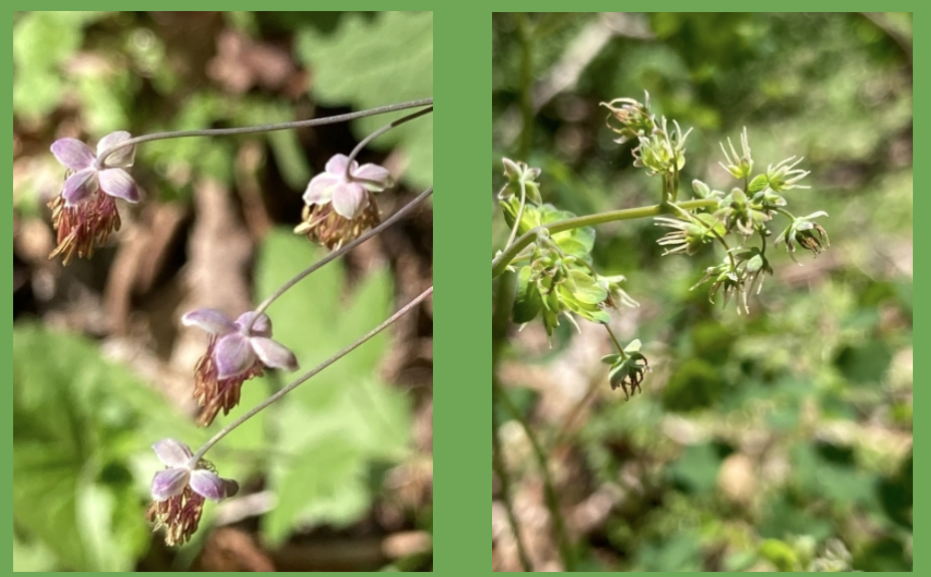
Thalictrum dioicum
Early Meadow-rue
Native to central and eastern North America
Grows in rocky outcrops and forest coves with calcareous rock
Dioecious: male flowers have purple or white sepals and long, dangling stamens while females have green sepals and curved pistils
Wind-pollinated